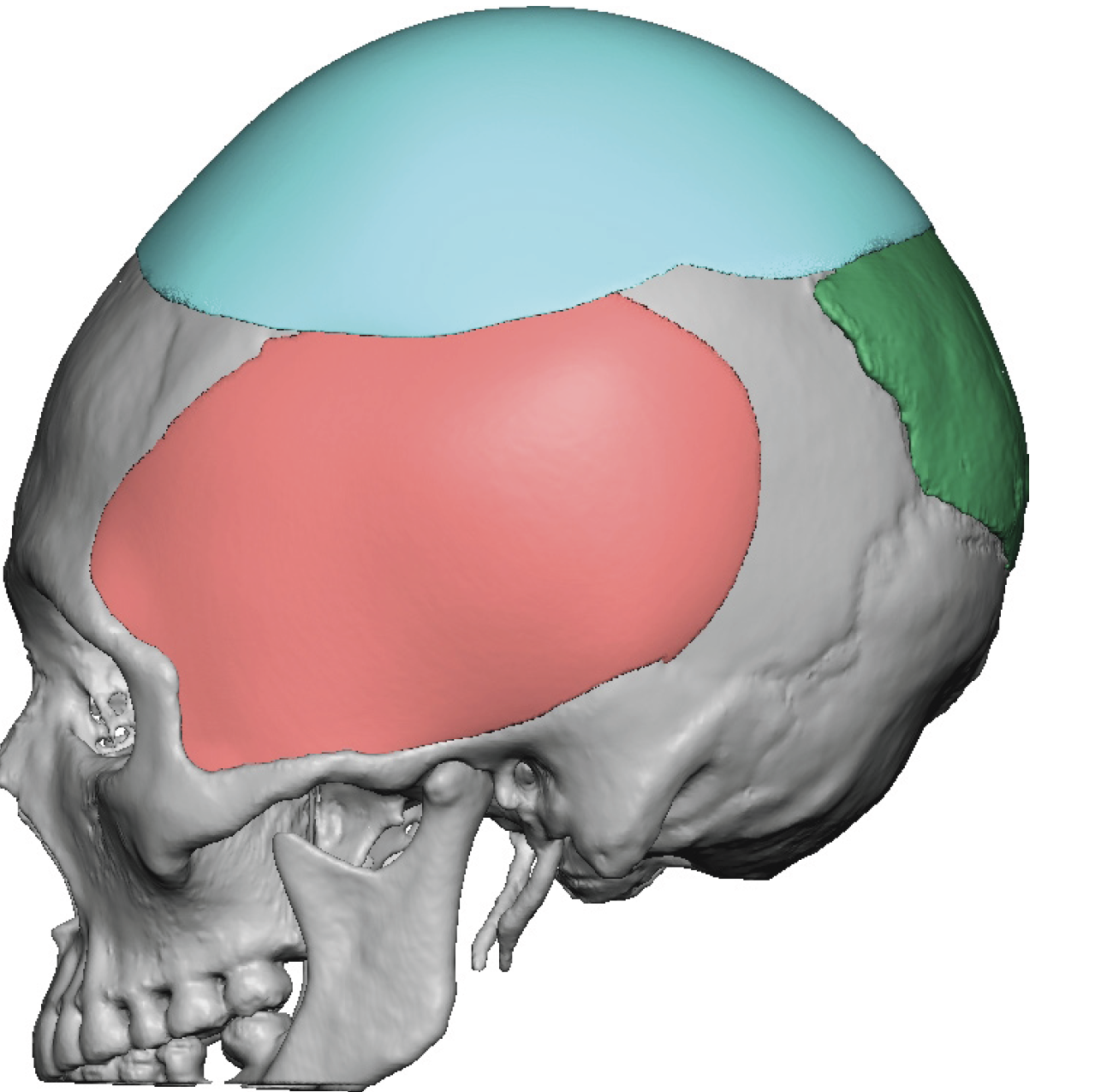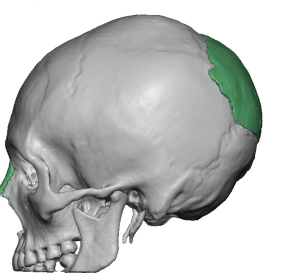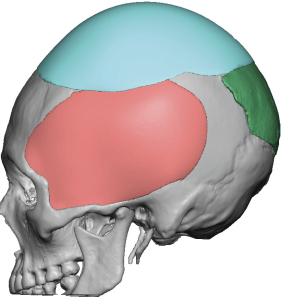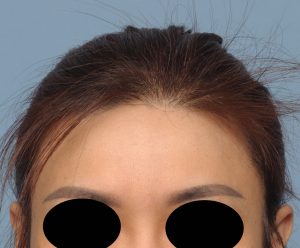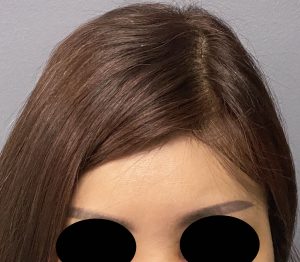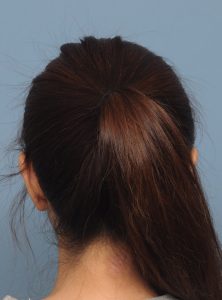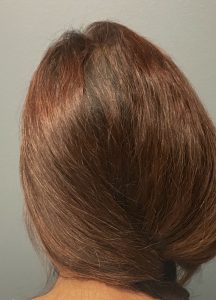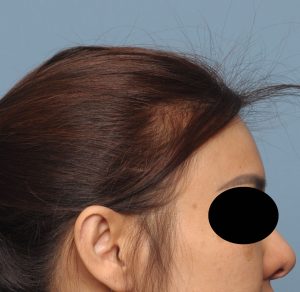Background: Aesthetic skull augmentation can be done by either PMMA bone cement or a custom made skull implant. Each has advantages and disadvantages as a skull implant material. The question is never which biomaterial is safer, as they are both biocompatible, but which one is more effective. That would depend on the type of skull augmentation. As a general statement PMMA works best for small skull augmentations while the custom skull implant technique is far superior for creating larger surface area skull augmentations.
While I have seen many PMMA bone cement patients with unsatisfactory skull augmentation results that want it replaced with a custom skull implant, I have seen very few in which an inadvertent two stage composite approach for their skull augmentation is taken. In this situation the questions become are the two materials (PMMA and solid silicone) compatible, how would they connect/overlap in a smooth manner and how much more volume can be obtained given the presence of the first implant?
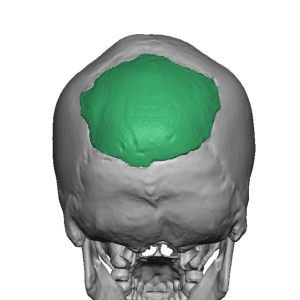
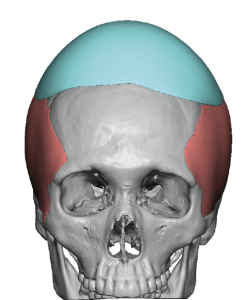
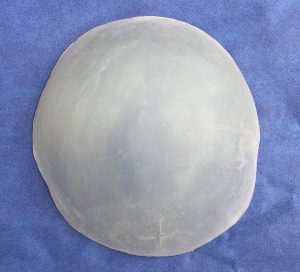
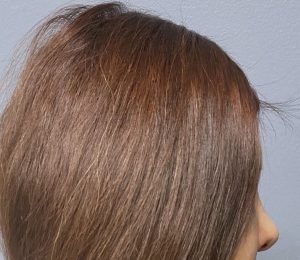
PMMA and custom skull implants can be placed safely in the same patient’s skull. Biocompatibility is not the issue. It is the volume in the custom skull implant that one must be aware. The PMMA occupies a certain volume (takes up valuable scalp stretch) and this must the considered in the skull implant design. While 150ccs in the non-expanded skull is always a good limit in skull implant design, with an indwelling PMMA implant in place, the custom skull implant is going to be less than normal. Most PMMA bone cements are in the 30 to 60cc volume range so that should be factored into the custom skull implant design.
Case Highlights:
1) A custom skull implant can be successfully placed after a prior PMMA bone cement augmentation.
2) Mindful that the PMMA bone cement occupies volume its size needs to be estimated into the custom skull implant design to avoid it being too big for successful placement.
3) Most females want crown augmentation and one must be aware of the diameter of the implant vs projection to avoid it from looking unnatural.
Dr. Barry Eppley
Indianapolis, Indiana

